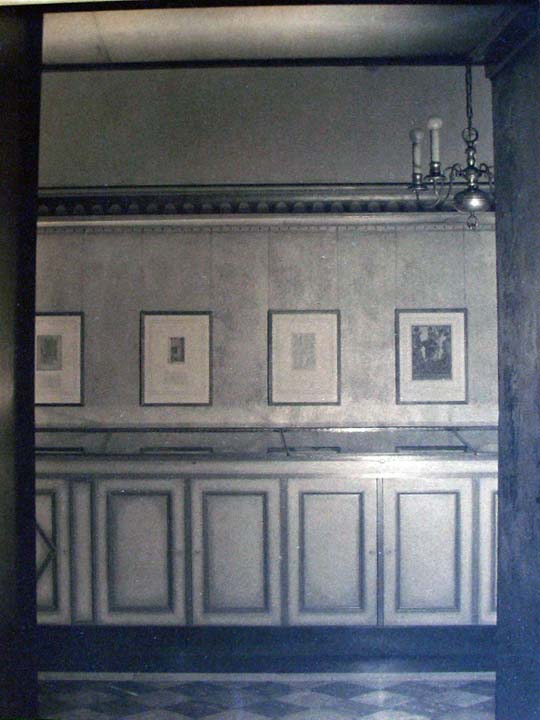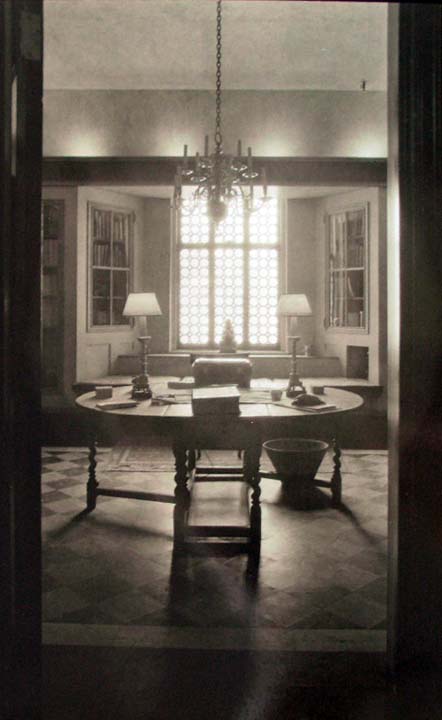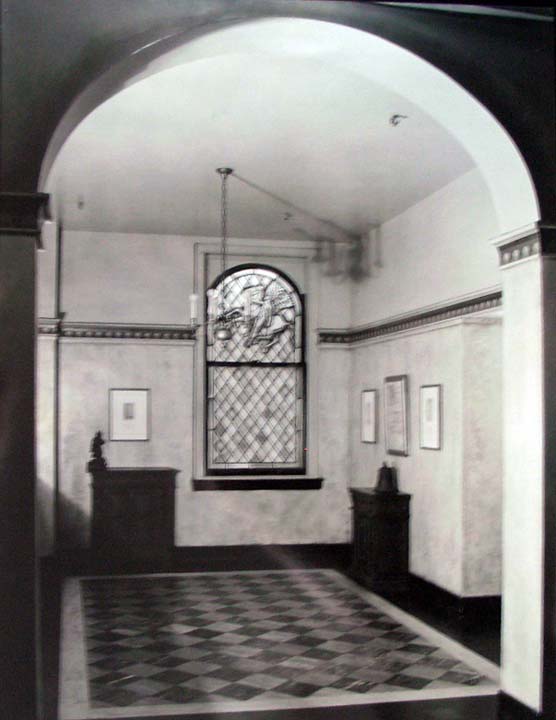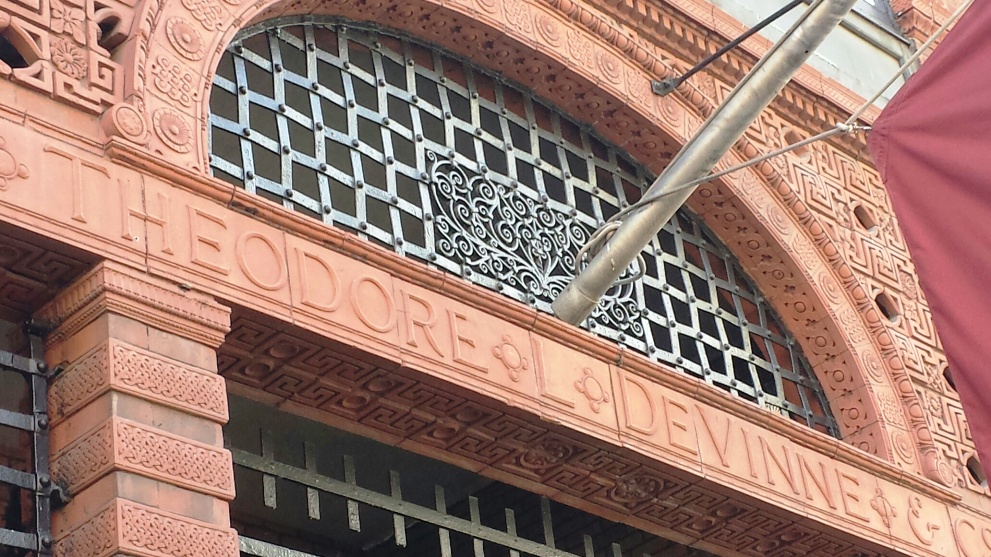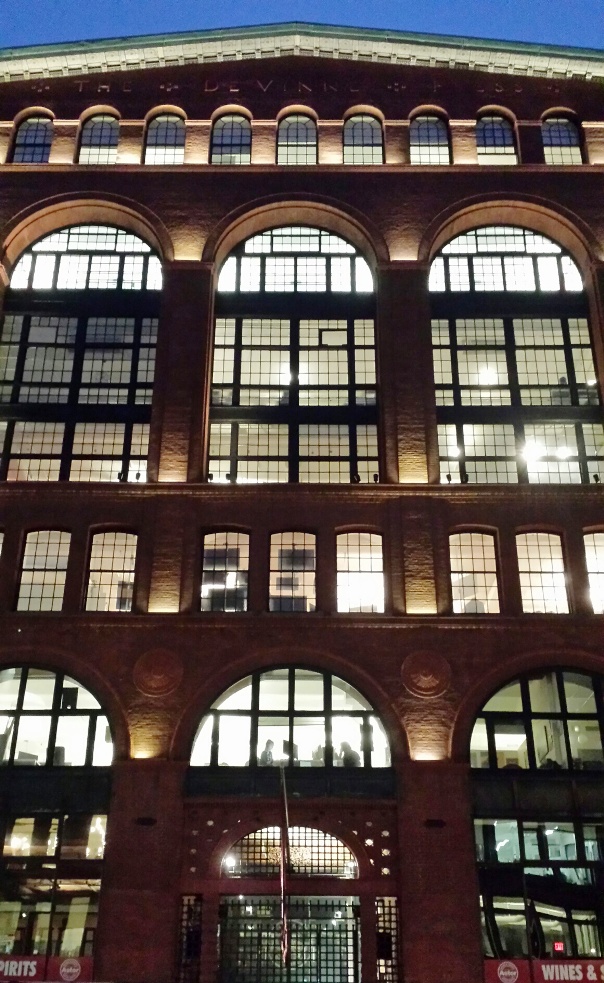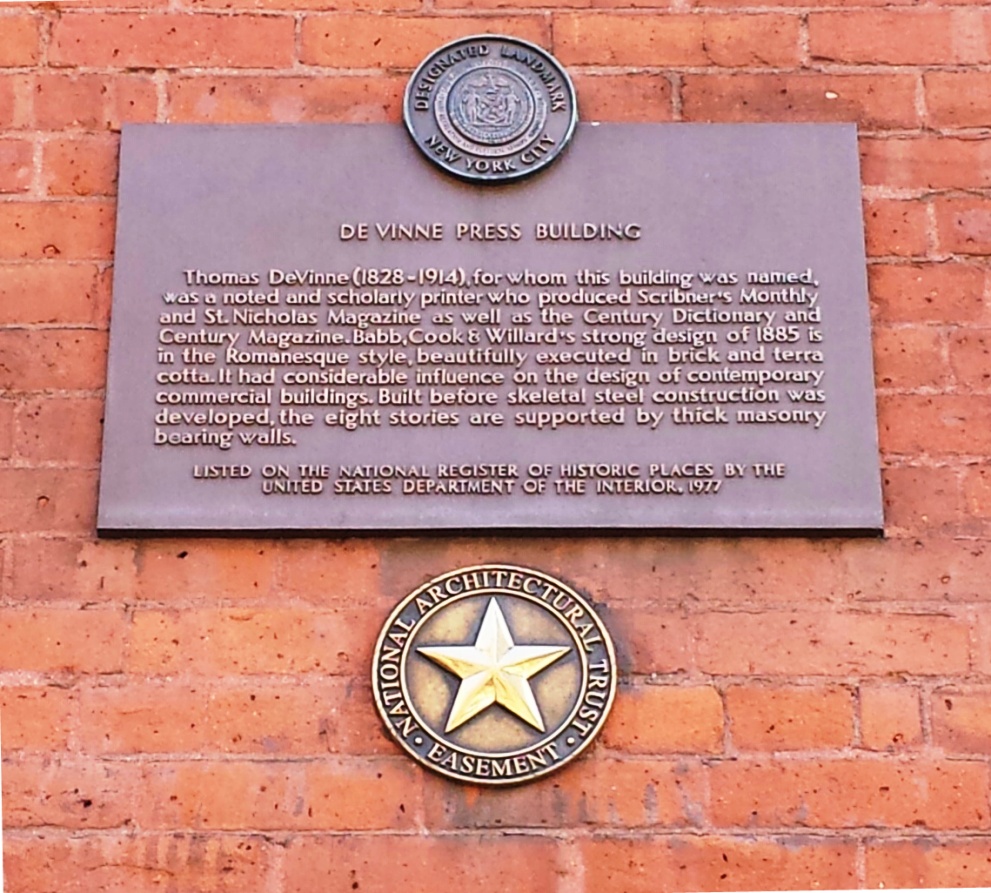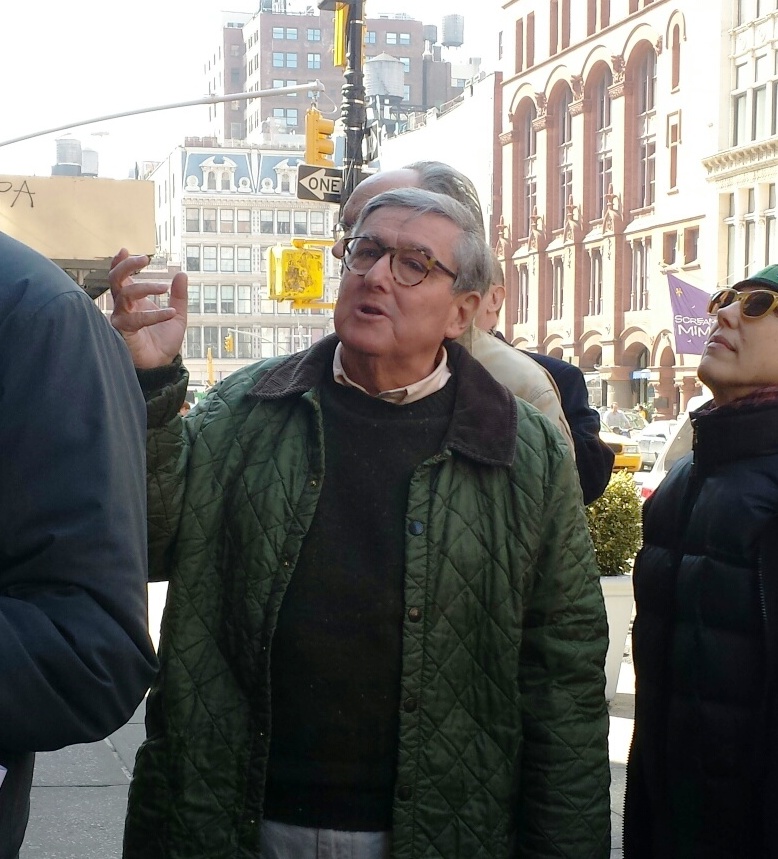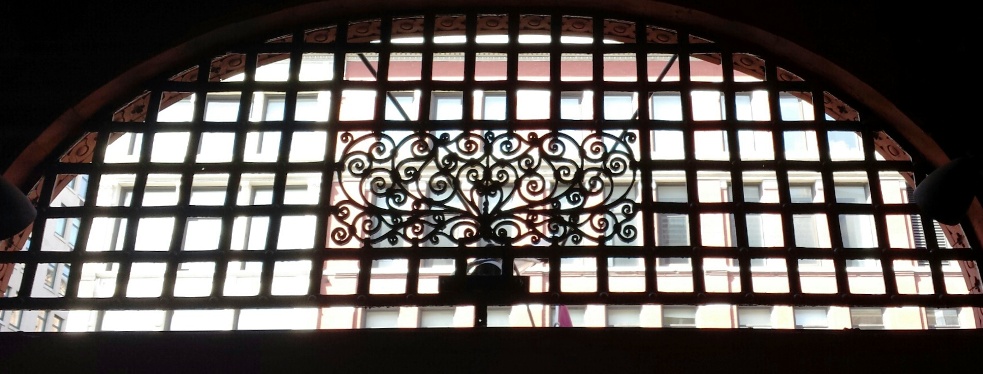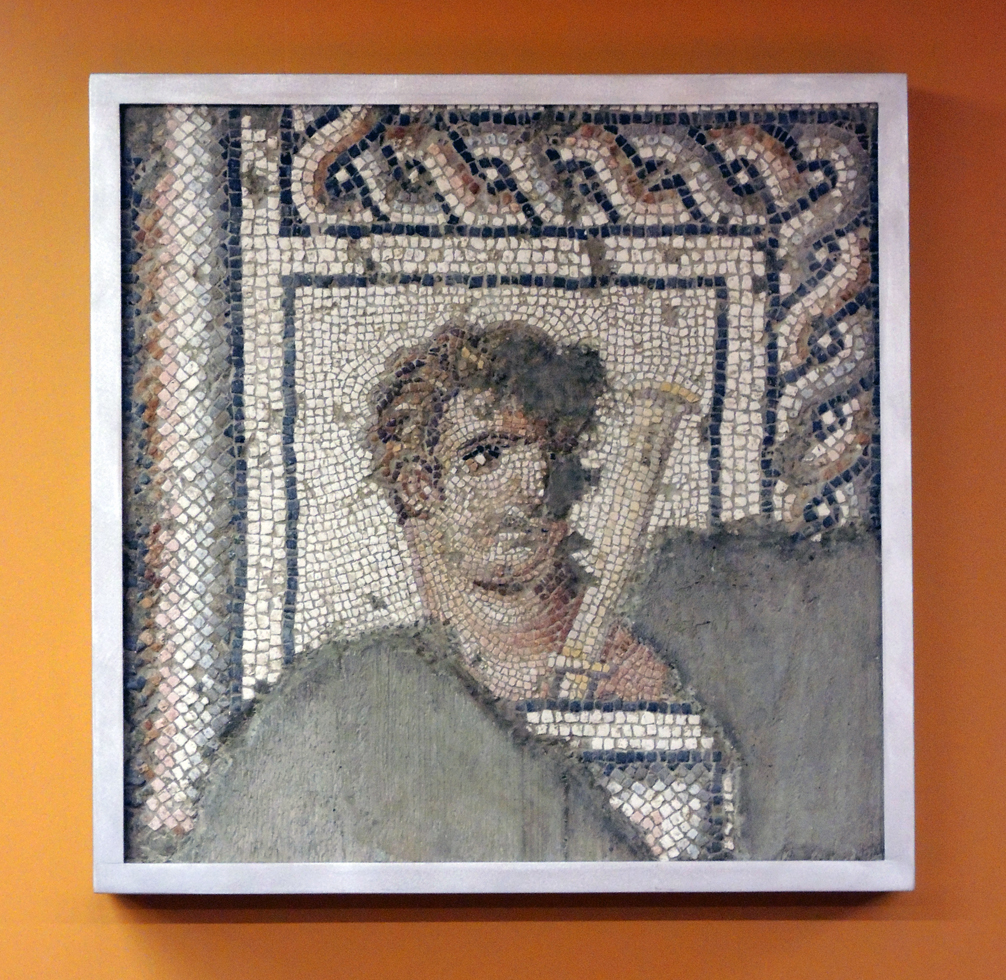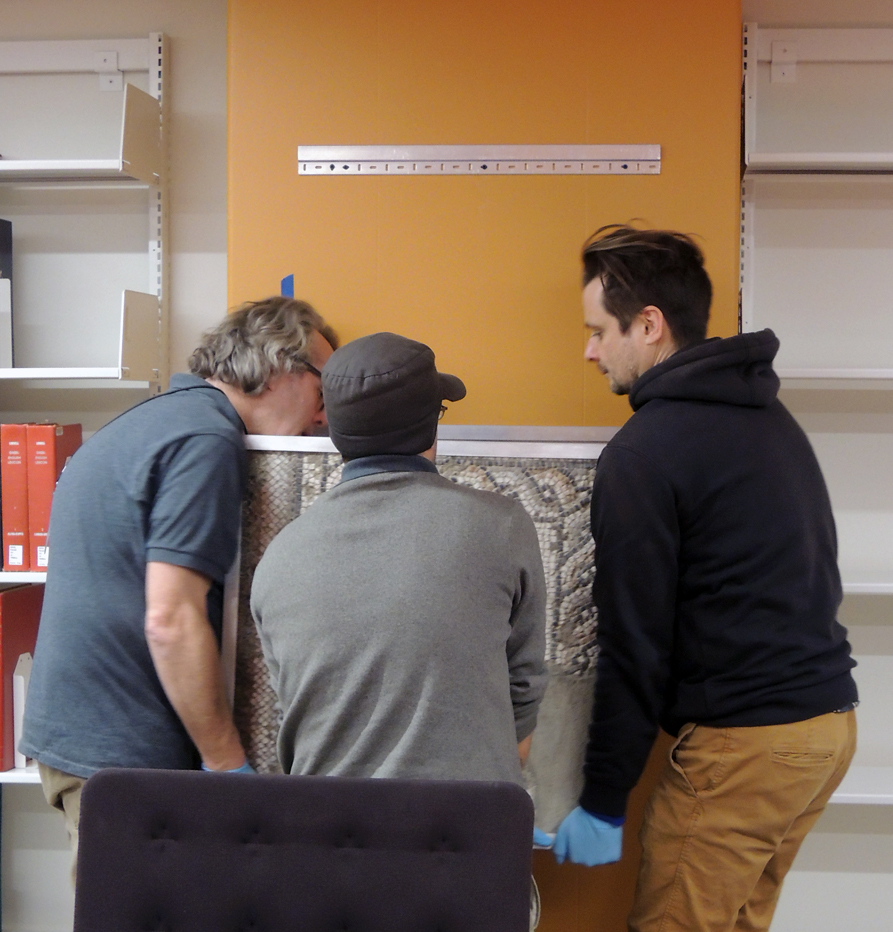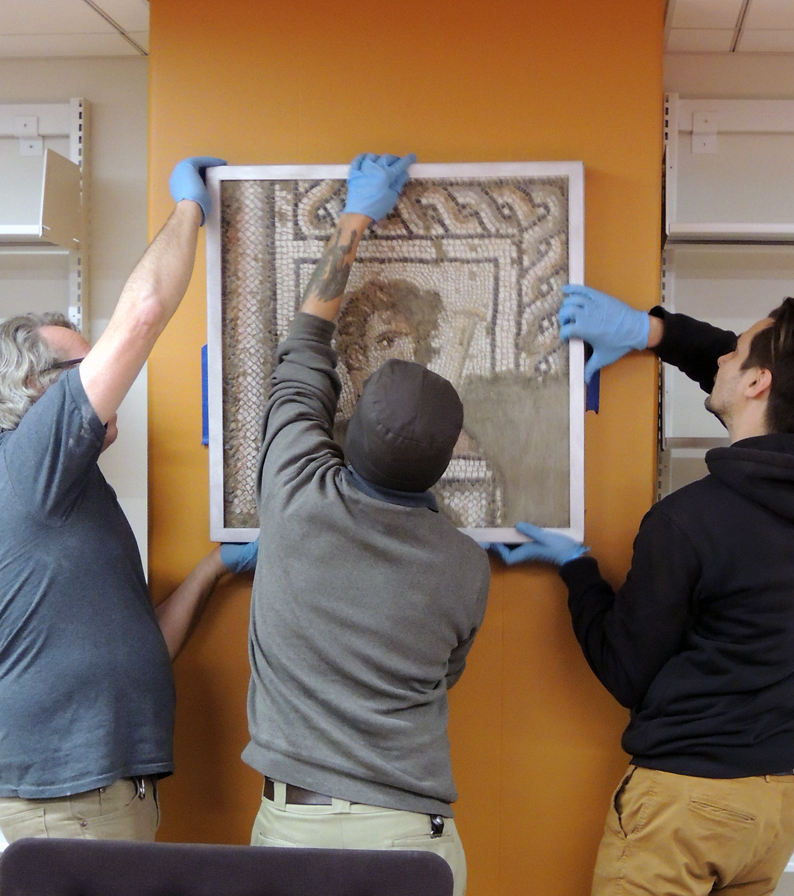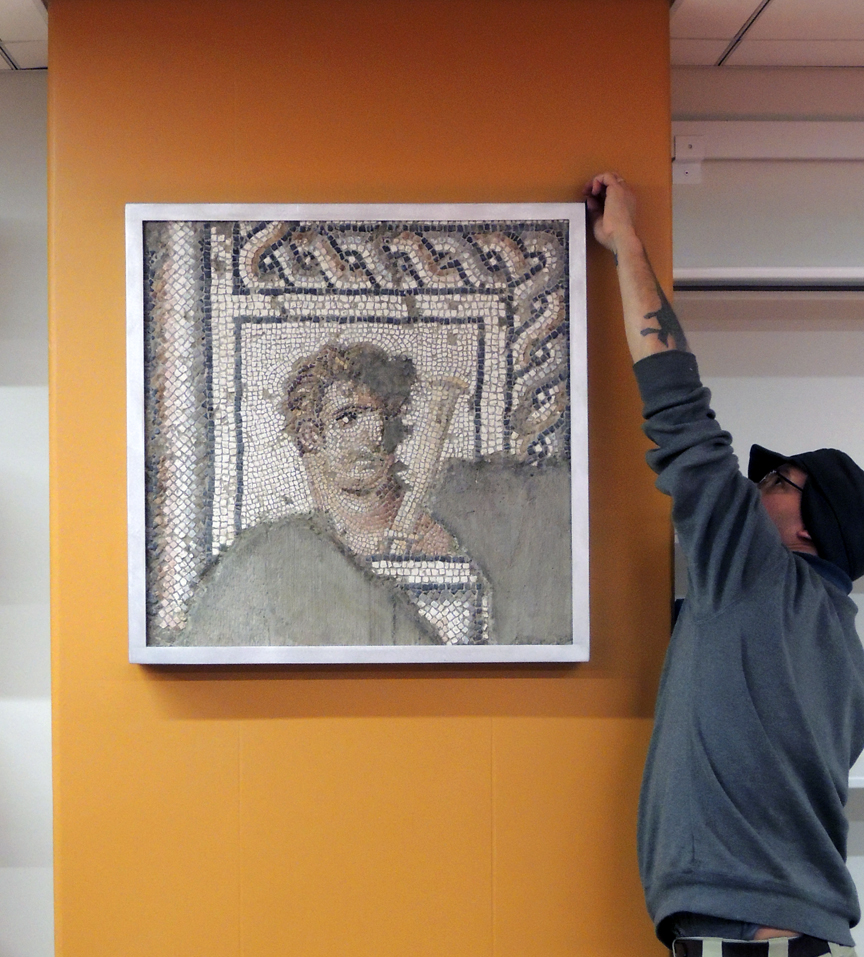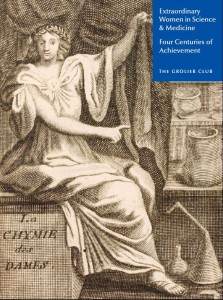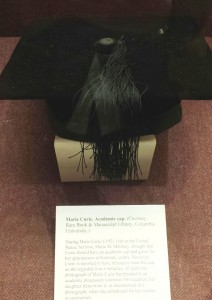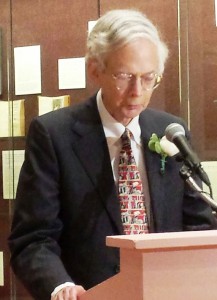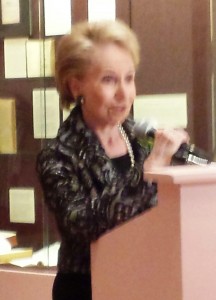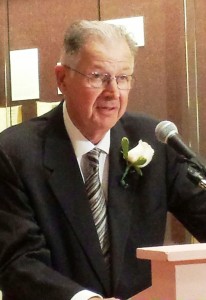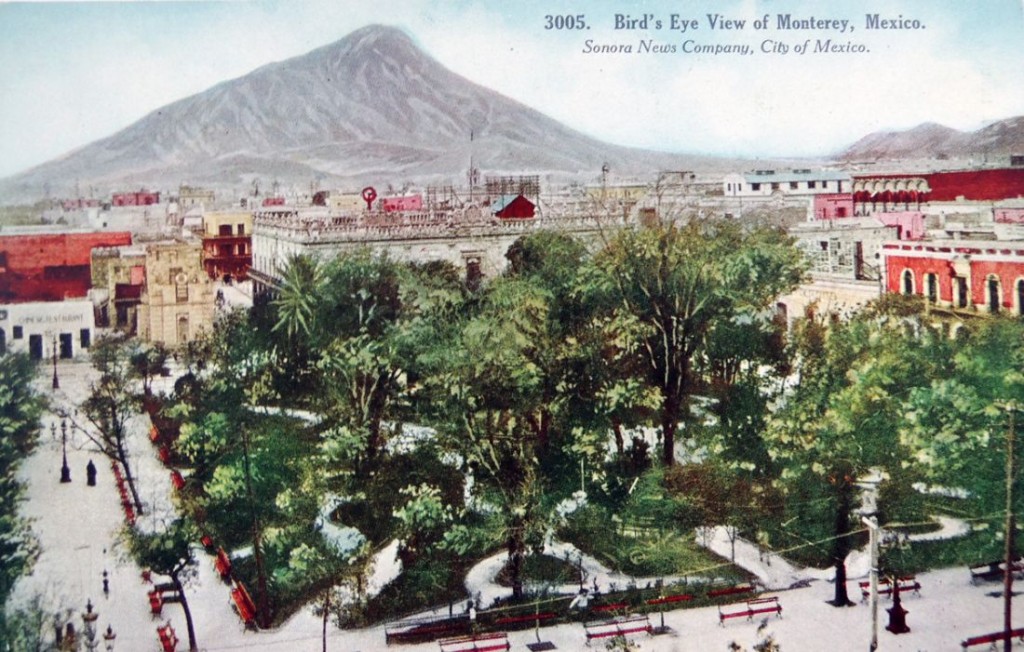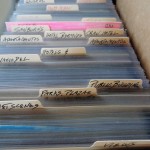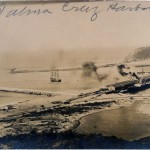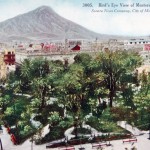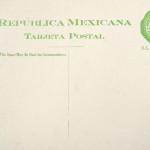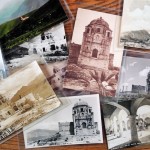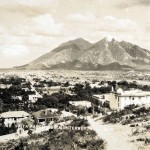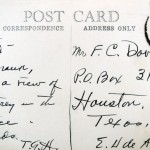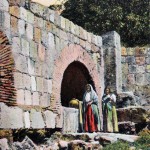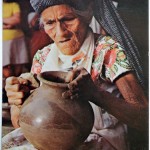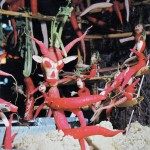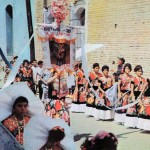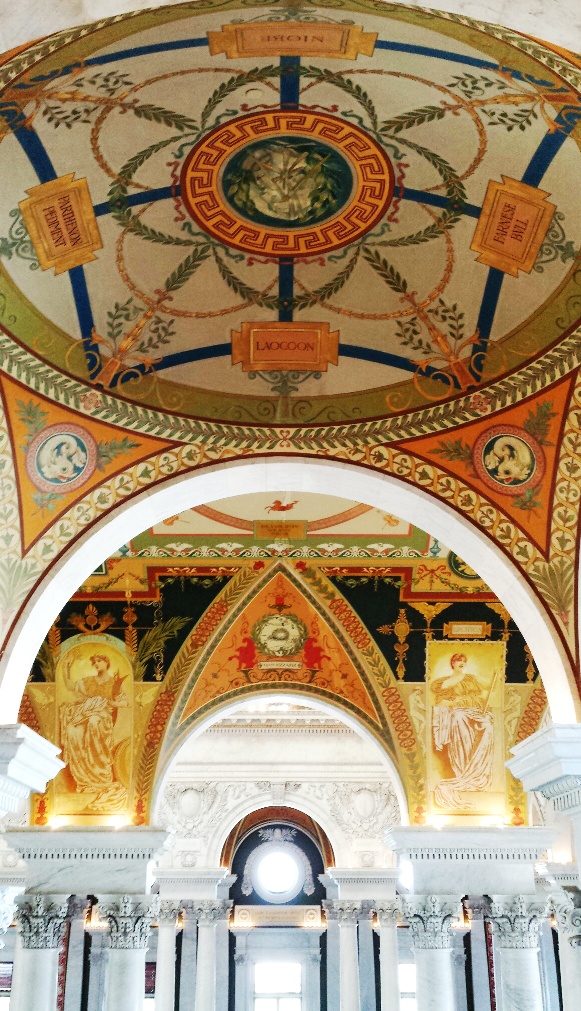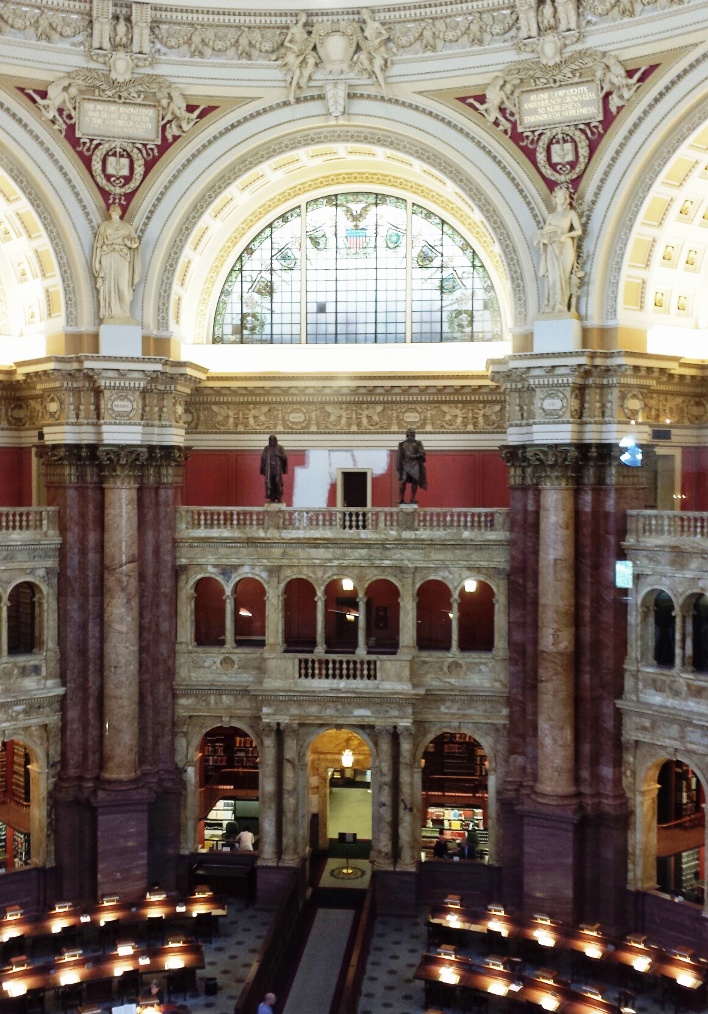“There is an artificial stone floor of a brilliant blue color, surrounded by a baseboard molding of old gold,” explained the designer Lucian Bernhard (1885–1972). “The walls are about seven feet high, of a yellowish white, and of a very rough texture, resembling the surface of a cut of Roquefort cheese. This wall is surmounted by a projecting undercut surface of transparent cloth which hides the source of light that illuminates the walls …. The fascia of this undercut forms a very marked profile in blue and gold. Above this the ceiling looms invisible in an impenetrable black. This is the Exhibition Room.” (Oskar M. Hahn, “Bernhard-Rosen,” Gebrauchsgraphik Jahr 3, no 2 (Februar 1926): 9).
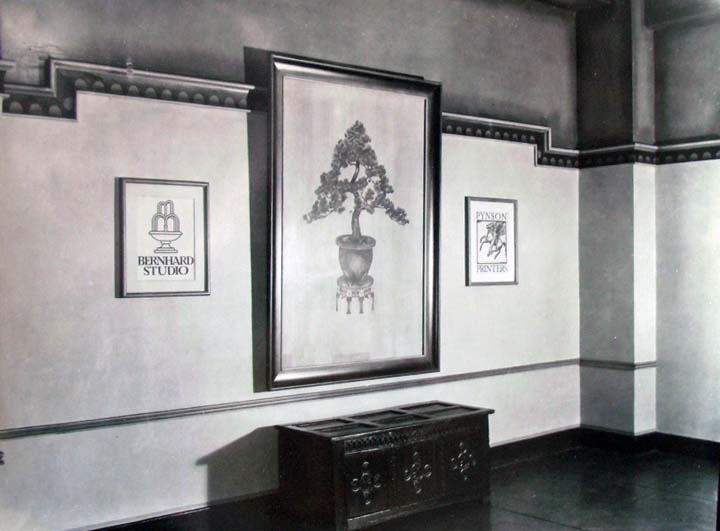
Bernhard was describing what the New York press came to refer to as the Little Gallery of the Pynson Printers, located on the seventh floor of The New York Times Annex at 229 West 43rd Street in New York City. The gallery’s curator, director of the Pynson Printers and later, Princeton University curator of graphic arts, was Elmer A. Adler (1884–1962).
In documenting Adler’s years on 43rd street, I compiled a chronology of the approximately fifty exhibitions held in Pynson Printers gallery from 1926 to 1939, when Adler finally closed his press. This was too lengthy for the article published in our Princeton University Library Chronicle 73, no. 3 (Spring 2012). Here is a pdf of that timeline, in case it is of interest: http://libweb5.princeton.edu/visual_materials/ga_pdf/exhibitions pdf.pdf
These photographs of Adler’s rooms at 43rd Street were taken by Ralph Steiner (1899-1986).
